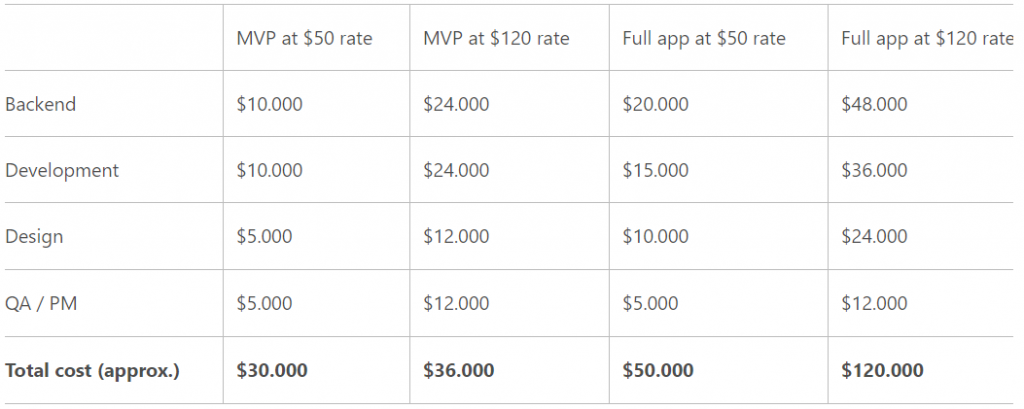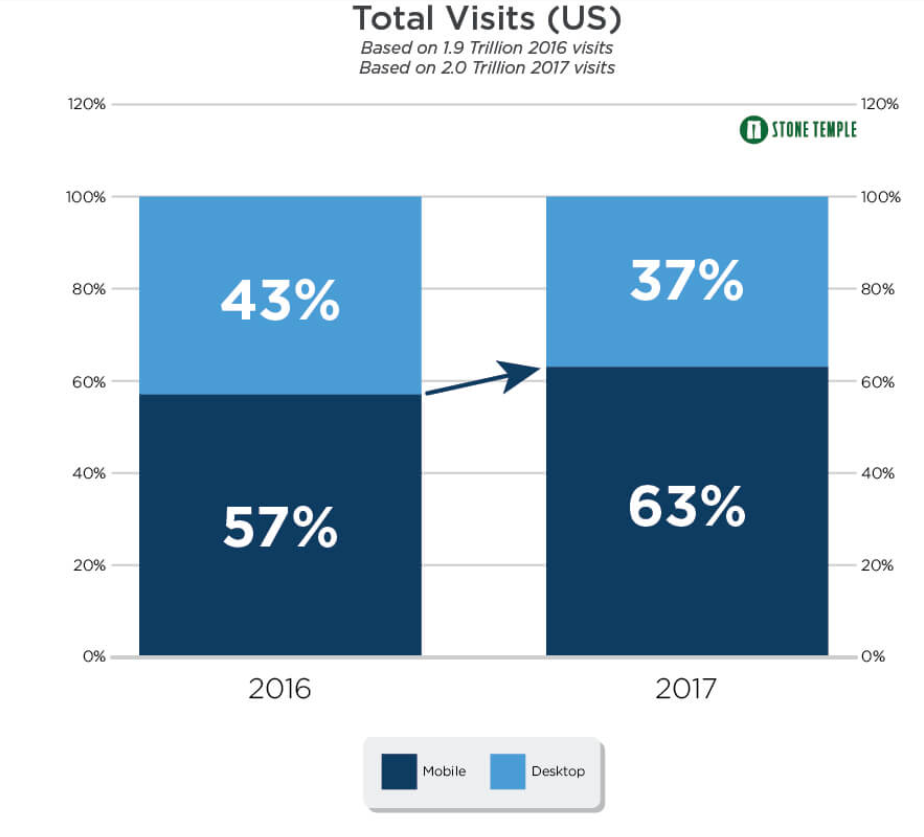Digital innovation continues to disrupt industries at lightning speed. Today’s organizations are transforming their entire business – from strategy to operations, technology to culture – to better deliver value to their customers. In 2017, we compiled the top 10 trends leaders needed to know when it came to their digital transformation journey. In this 10-week blog series, we’ll further explore each trend and address how you can continue to modernize your business for success.
I married a coffee drinker.
For as long as I’ve known him, his eyes have lit up at that glowing green sign on the horizon. Starbucks is to him what chocolate is to me.
I get it.
I, however, am not a coffee drinker. While I’ve always enjoyed the smell and comfort of Starbucks, I would typically only splurge on a chai tea and croissant when we would stop for him.
But that changed.
When Starbucks launched its star rewards program, we became obsessed with receiving stars and getting free drinks. It felt like a game every morning to collect our stars and we never, ever missed a Double Star Day. Ever.
As the gamification of it grabbed hold of us, we found ourselves adding money more frequently to the Starbucks app. What started as “Let’s put $20 on the app” quickly evolved into “Let’s put $80 on the app to get us through the month.”
In short order, we needed to create a new line item in our budget which we paired with an effective morning strategy.
- He takes our daughter to school
- I simultaneously go to Starbucks and order both of our drinks
- We meet in a nearby parking lot to initiate the handoff
I’m not proud to admit this, but our monthly Starbucks spend went from about $10 a month to $80-$100 a month.
All because of an app.
And we weren’t alone in our obsession. By Q3 of 2017, 30 percent of U.S. transactions were made through the Starbucks app and these users spend approximately three times more than the average Starbucks customer.
Mobile is a Double Shot of Espresso
If your business is still thinking about mobile as an afterthought, keep this number in your head:
Our annual spend at Starbucks increased from $120 a year to $1000 a year because of an app. That’s a 733 percent year over year increase.
733 percent.
Because of an app.
A Venti Budget Brings Venti Results
I don’t know the exact cost to build the Starbucks app, but the estimates are rather low. Below is a table, created by ThinkMobiles that breaks out an expense estimate based on industry averages.

Let’s go big and assume that it cost them $120,000 to build the app. That’s a lot of coffee.
A grande latte costs approximately $4.00
Building the app is equal to 30,000 cups of coffee. I get the jitters just thinking about it.
500 – Number of customers per Starbucks store, per day (and that number is increasing)
27,339 – Number of Starbucks locations worldwide
13,669,500 – Total number of worldwide customers per day
The average Starbucks customer visits the store 6 times per month. Let’s assume that they each purchase that $4.00 grande latte.
13,669,500 customers x $4.00 latte per day x 6 days a month = $328,068,000 per month
That’s for the average customer, but the most loyal 20 percent of customers visit Starbucks 16 times a month (four times a week.)
Let’s be conservative and see what would happen to the bottom line if just 20 percent of these customers started using the app, like I did, and visited their local Starbucks just one additional time per month to earn some stars. Instead of going six times a month, they start to go seven times a month.
2,733,900 customers x $4.00 latte per day x 7 days a month = $76,549,200 for the top 20 percent
10,935,600 customers x $4.00 latte per day x 6 days a month = $262,454,400 for the bottom 80 percent
Total = $339,003,600
In one month, Starbucks would see an increase of $10,935,600.
Using the assumption that the app cost $120,000 to build. That would be a gain of $10,815,600; a 9,000 percent return on investment.
And that doesn’t even factor in the amount of money they save on credit card transaction fees. When we paid with our credit card, Starbucks incurred a credit card fee for each transaction. When we load the card once a month, they only incur that fee one time.
The cost savings is mind-boggling.
Mobile is the First Screen
 You just need to walk out your front door to be made immediately aware of the pervasiveness of mobile. You’ve seen the mobile zombie walking through the parking lot and the texting teen at the table next to you.
You just need to walk out your front door to be made immediately aware of the pervasiveness of mobile. You’ve seen the mobile zombie walking through the parking lot and the texting teen at the table next to you.
If you aren’t currently reading this on your phone, I’m going to guess that it is within arms-length at this very moment.
There are over 34 billion mobile devices being used today and that number will top 50 billion by 2020. Ignoring the mobile experience isn’t just an oversight. It’s suicide.
With almost two thirds of visits taking place on mobile, desktop is now the second screen. Therefore, your user experience needs to be mobile first and desktop second.
What if You Don’t Have a Venti Budget?
Just as a Starbucks beverage comes in Tall, Grande and Venti, so do budgets. And more than likely, yours will fall in the Tall to Grande range (possibly even in the Short or “can I just have a sip of yours” category).
That’s ok. Doing something is better than doing nothing.
“Start by doing what’s necessary; then do what’s possible; and suddenly you are doing the impossible.” – Francis of Assisi
Where to start:
Make sure your website is mobile friendly. It used to be standard to design for desktop and adjust for mobile.
Reverse that.
Design for mobile first and then begin maximizing that big, beautiful screen second.
Be conscious of mobile first indexing. Mobile-first indexing means that Google will use the mobile version of your website for indexing and ranking. If your mobile website isn’t optimized, you won’t show up as well in search.
Make your desktop version a perfect companion. Sometimes mobile is challenging. If you need to fill out a form or enter credit card information, visitors may feel more comfortable jumping onto their laptop. Make sure that transition is seamless.
Know Your Industry Every industry is different. If you are in an industry with high mobile usage, it’s more imperative to get up to speed. If you are in gambling, sports, or business, people are more inclined to use mobile. If you are in finance, careers, or news, you can move a little slower. You know your customer and your industry best. Knowing their usage patterns will help guide your timeline.
Grab a Cup of Coffee. You Can Do This.
If you are feeling overwhelmed right now, it’s understandable. The iPhone was first introduced a mere 11 years ago and here I am telling you that it is now one of the most important tools in your digital transformation arsenal. That’s a lot to digest, so here’s some help.
Perficient has lots of experience helping companies like yours adjust to this new reality. I encourage you take a dive into some of our case studies to see how we’ve partnered with incredible companies to elevate their digital presence.
You can find even more of our mobile work here.
Get Brewing
Starbucks didn’t build their amazing mobile experience overnight. The brand knew its customers’ habits, defined its end goal, and built a bridge to get there. You can build that bridge too, so get brewing!
